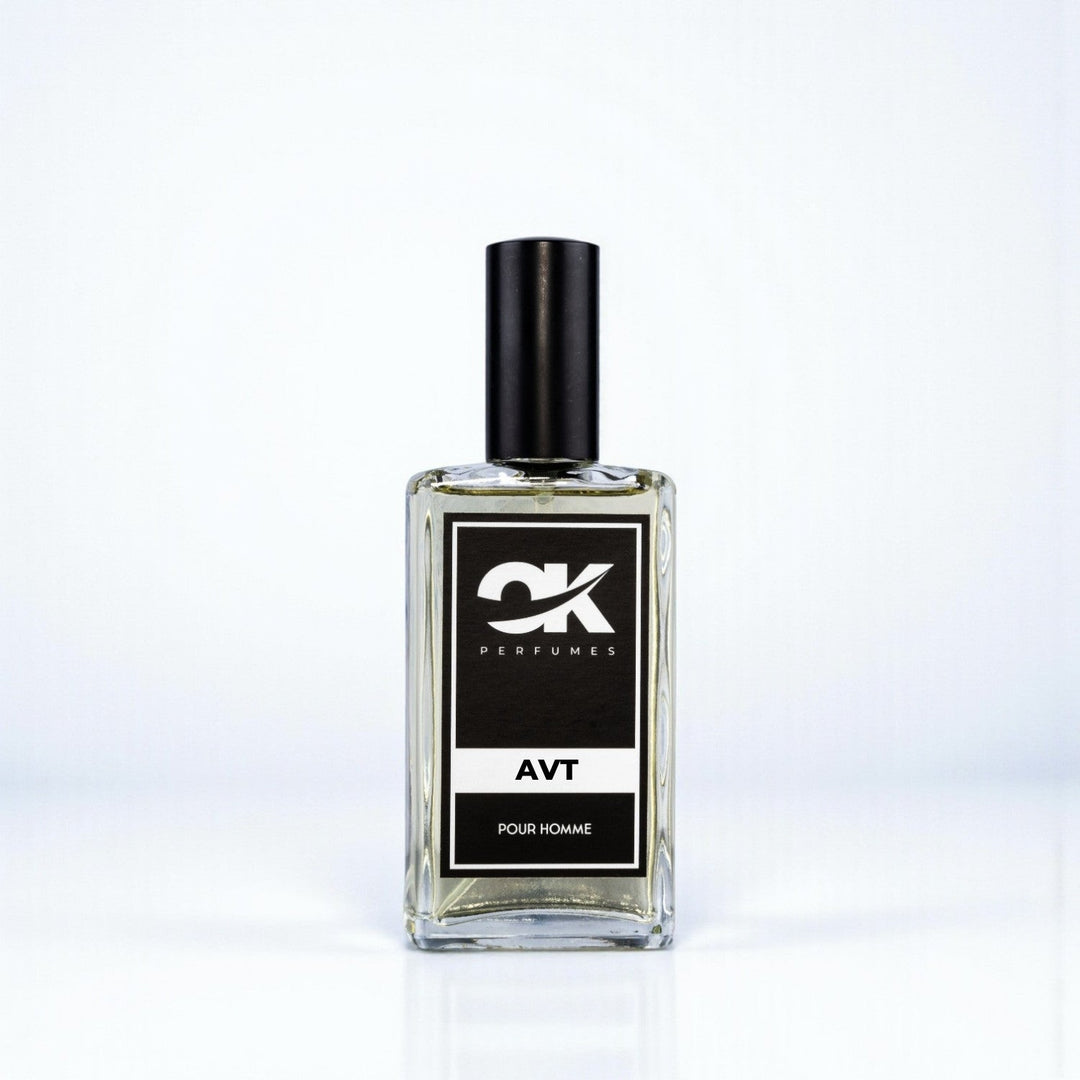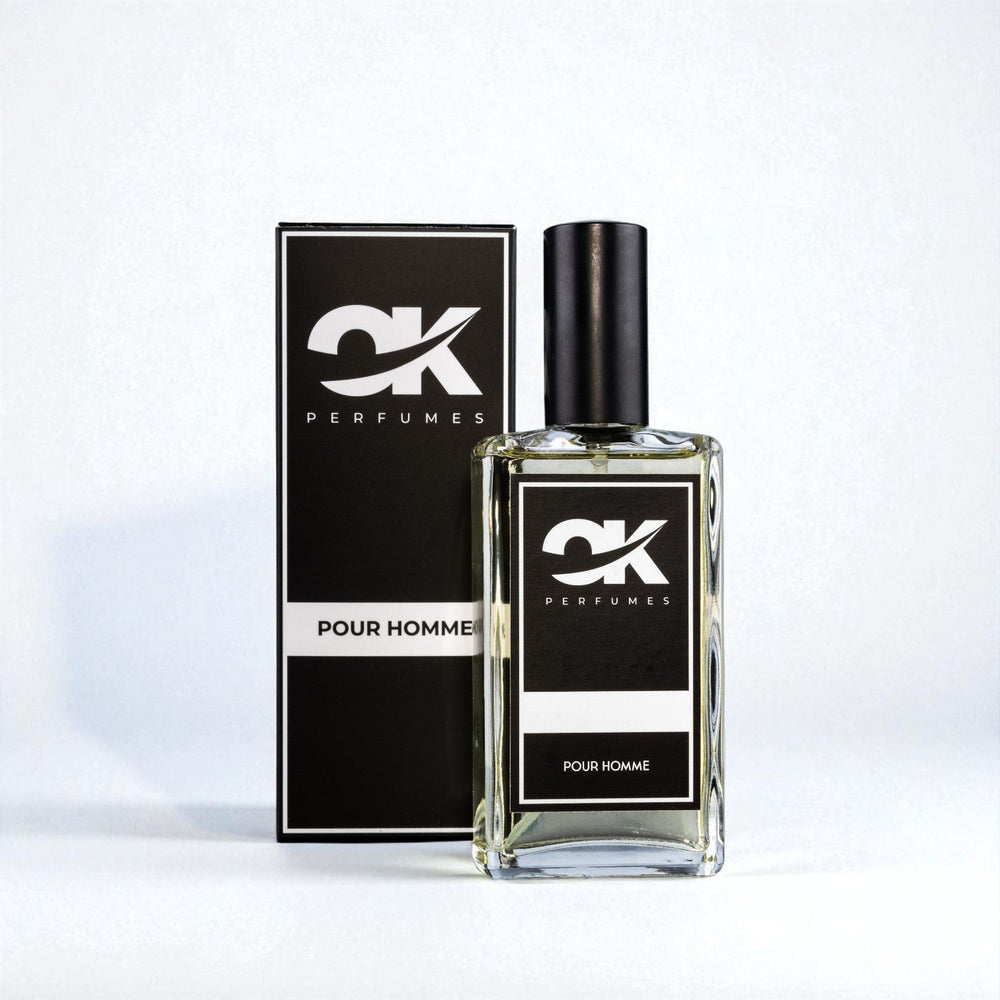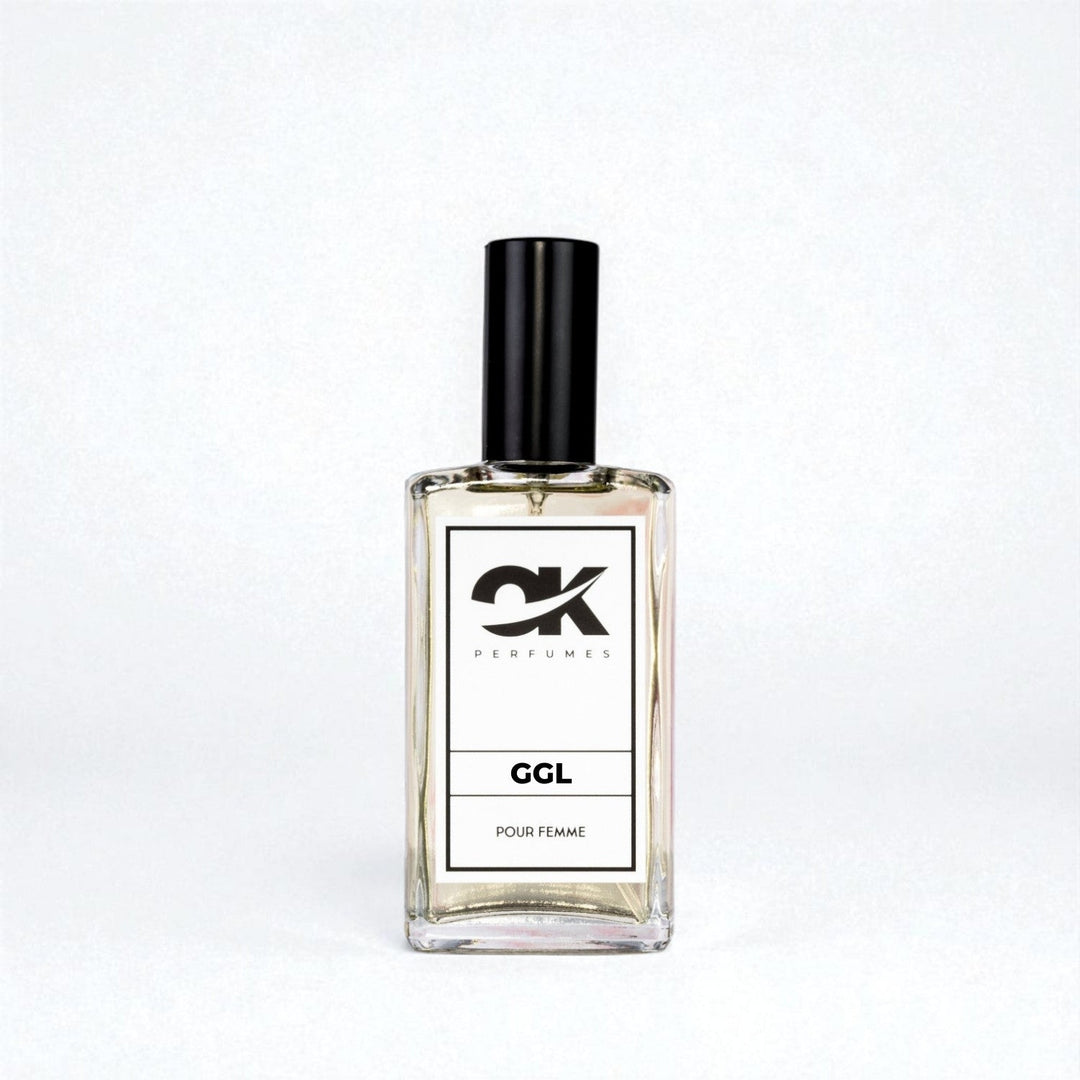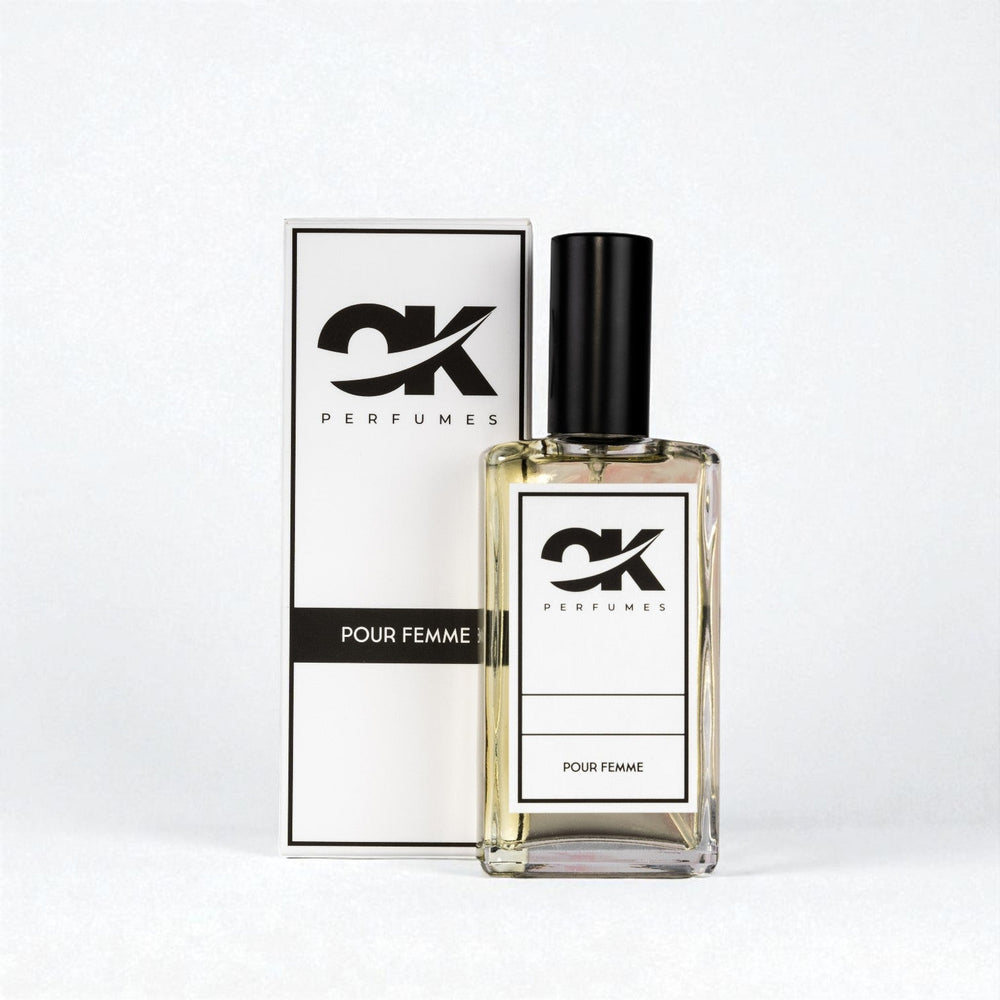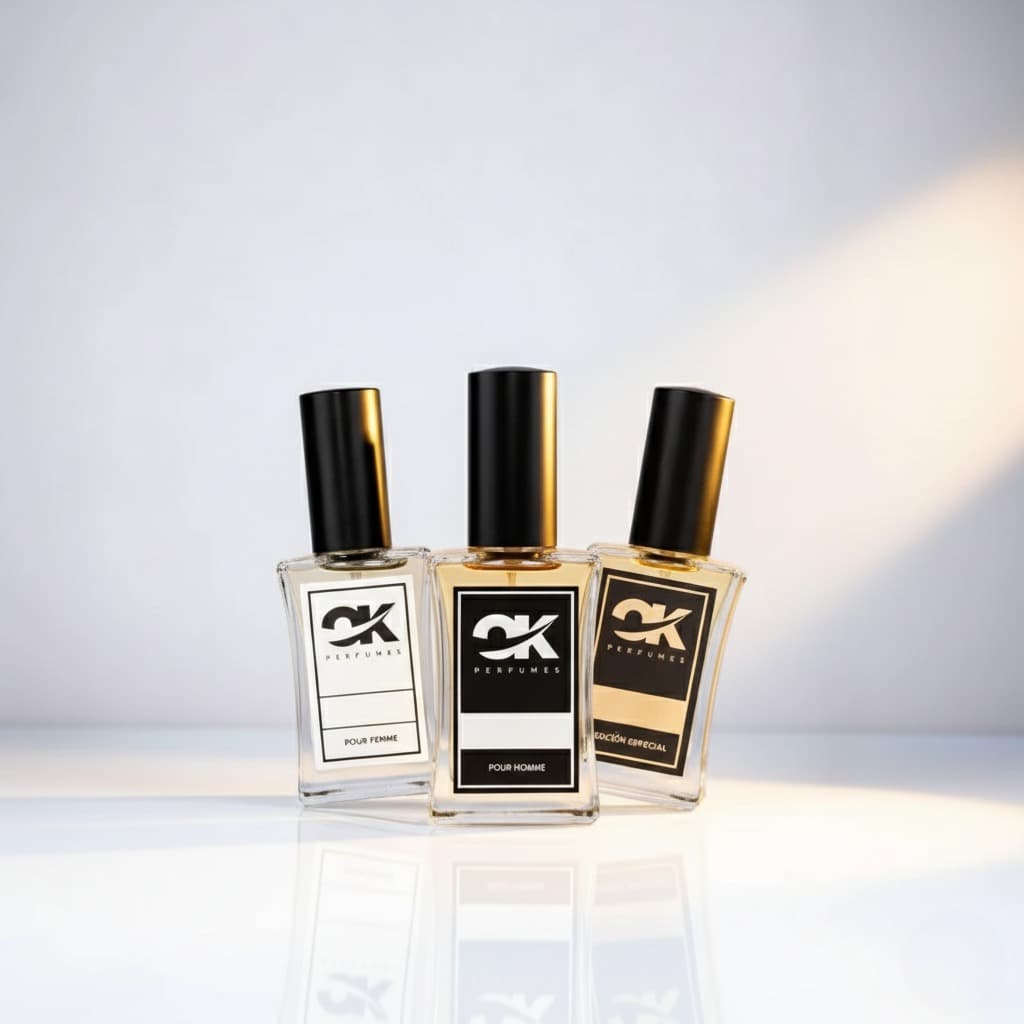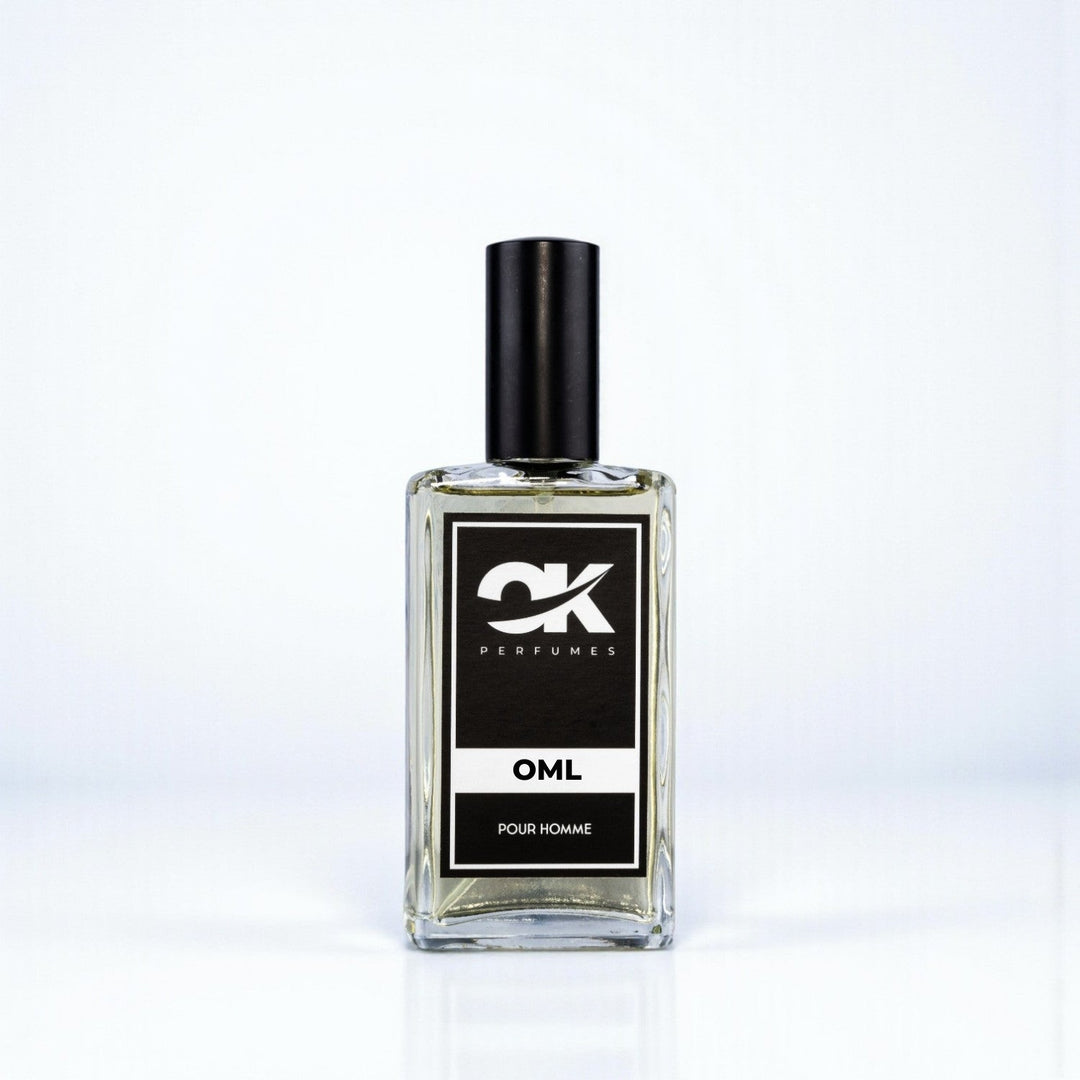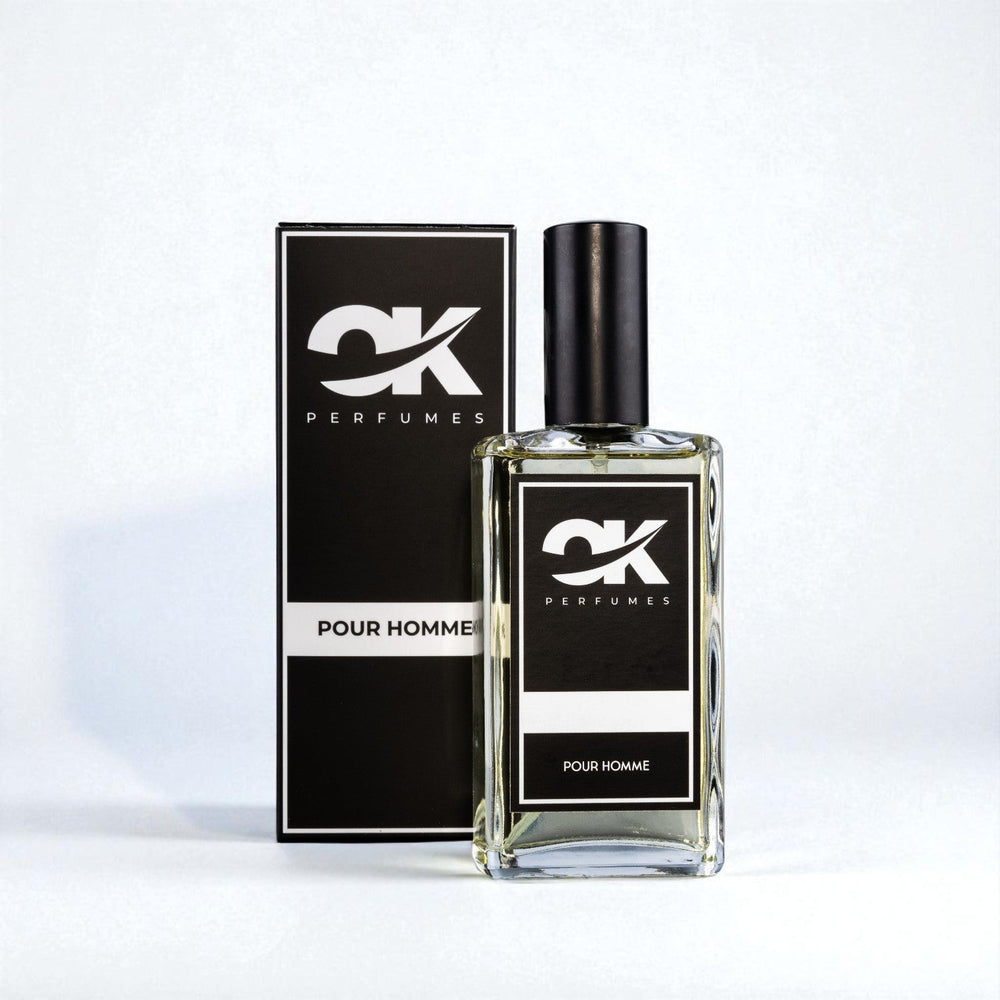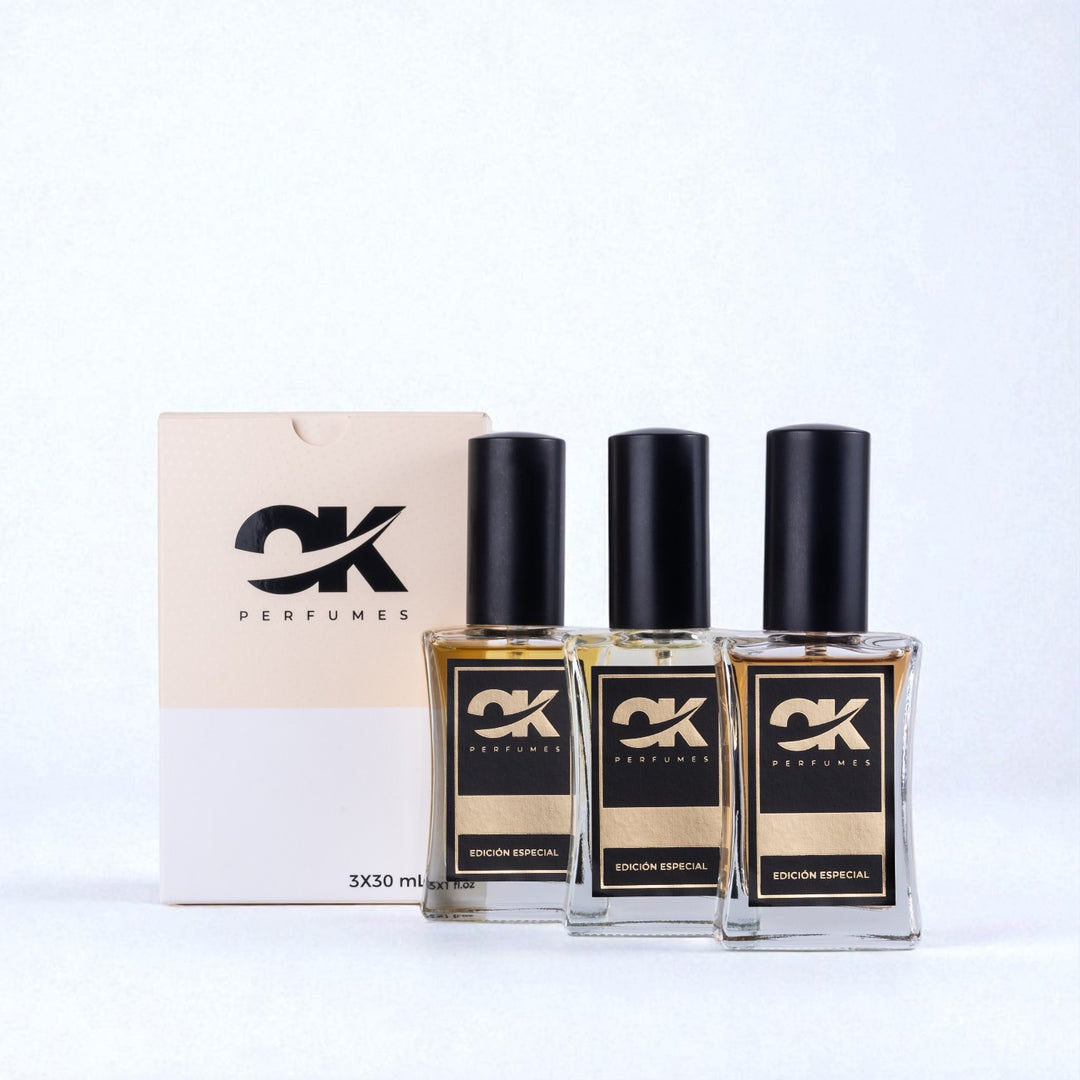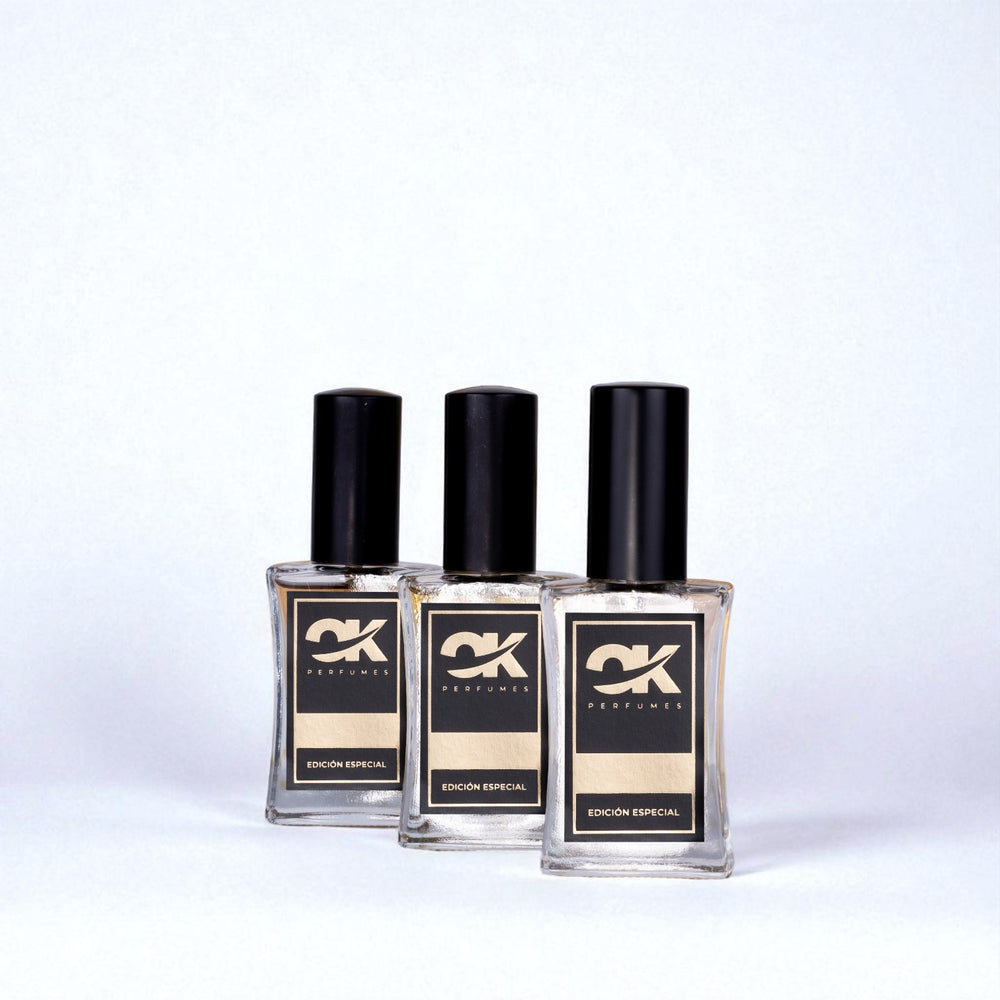The art of creating your own perfume: Kits and steps to follow
Creating your own perfume is not only a creative activity, but also a fascinating option that allows you to customize a scent that reflects your personality and style. In this article, we'll explore the art of making perfumes at home, the kits you can use, and the steps you should follow to achieve a quality fragrance at an excellent price . Read on and discover the magic of personalized perfumes!
Why create your own perfume?
There are many reasons to venture into creating your own perfume. Here are a few:
- Personalization: By creating your own scent, you can blend different notes and senses that resonate with you.
- Innovation: Allows you to explore your own creative combinations, which can result in unique fragrances you won't find anywhere else.
- Affordability: It may be more economical to create your own perfume at home rather than purchasing name-brand fragrances.
Types of perfume making kits
When you decide to create your own perfume, the first crucial step is choosing the right kit. There are several types of kits on the market, each offering different ingredients and tools. Here are some things to consider:
Basic kits
The simplest kits typically include essential oils, alcohol, and empty mixing bottles. These kits are ideal for beginners, allowing them to experiment with different combinations without a large financial commitment.
Advanced Kits
If you're feeling more adventurous or have some experience, you can opt for more advanced kits that include rare ingredients, such as flower extracts, spices, and other components. These offer the possibility of creating more complex and sophisticated fragrances.
Steps to create your own perfume
Now that you have the kit in your hands, it's time to dive into the process of creating your fragrance. Here are the main steps:
1. Gather your ingredients
Depending on the kit you choose, the basic ingredients you'll need are:
- Essential oils
- Alcohol base (such as vodka or perfumed alcohol)
- Distilled water
- Storage jars
2. Choose your base grade, average grade, and top grade
A good perfume is made up of different notes. Here we'll briefly explain the stages of the notes:
- Base note: This is the fragrance that will linger on your skin the longest. Think of scents like sandalwood, amber, or vanilla.
- Middle note: Also known as the heart, these notes emerge once the top notes evaporate. Examples include lavender and jasmine.
- Top notes: These are the fragrances you notice immediately after applying the perfume. They're generally fresh and light, like citrus or herbs.
3. Make your formula
Once you've chosen your notes, it's time to create the formula. Here's a simple example:
- 30% of base grade
- 50% of average grade
- 20% of the exit grade
Remember that you can adjust these proportions to your preferences. The equivalence between the different notes is crucial to achieving balance.
4. Mix the ingredients
To prepare the mixture, follow these steps:
- In a jar, add the base first, then the middle and finally the top.
- Add the alcohol, depending on the desired concentration. A good ratio is 3 to 5 parts alcohol to 1 part oil.
- Finally, top with distilled water if you want a softer scent.
- Close the jar and let the mixture sit for at least 48 hours to allow the notes to blend. For best results, consider letting it sit for 2 to 4 weeks.
Useful tips for creating perfumes
Creating your own perfume is a fun challenge, and here are some additional tips that can help you along the way:
Test before you decide
Once you create your blend, always test a small amount on your skin. Fragrances can vary greatly from one skin type to another due to personal chemistry.
Document your process
Don't forget to write down the proportions and ingredients you used. This is essential if you manage to create a perfume you truly love and want to replicate in the future.
Experience
Don't be afraid to experiment. The world of perfumes is vast, and sometimes mistakes can lead to the greatest works of art. Play with different combinations and ingredients.
The quality of the ingredients is key
When it comes to creating perfumes, the quality of the ingredients you choose is crucial. High-quality ingredients will not only provide a better scent, but will also affect the fragrance's longevity and projection. Invest in pure, natural ingredients whenever possible.
Price comparison of kits and materials
When deciding on a kit or individual ingredients, consider the price equivalency . A starter kit may seem more expensive, but if you consider what you would spend on several commercial perfumes, it may be more economical in the long run. Evaluate your priorities and preferences when making your choice.
Beyond the Kits: Additional Ingredients
Perfume-making kits can often limit you in terms of the variety of scents available. While they can be a great starting point, feel free to explore additional ingredients such as:
- Citrus: Lemon, orange, bergamot.
- Spices: Cinnamon, cloves, ginger.
- Herbals: Rosemary, mint, thyme.
When It All Comes Together: Final Evaluation
Once your perfume has settled, it's time to evaluate the blend. Taste, adjust, and remix if necessary. Remember, the best fragrance is one that resonates with you and makes you feel good.
Dare to be unique!
Creating your own perfume is an art that can bring you immense satisfaction. Not only will you grow in creativity, but you'll also create a personal and unique product that you can enjoy or give as a gift. Don't hesitate to explore the possibilities and find your best combinations. Make perfume creation an unforgettable and personal experience!
Whether you embark on this journey out of pure curiosity or as a serious hobby, remember that the process is as important as, if not more important than, the result. Happy creating!




